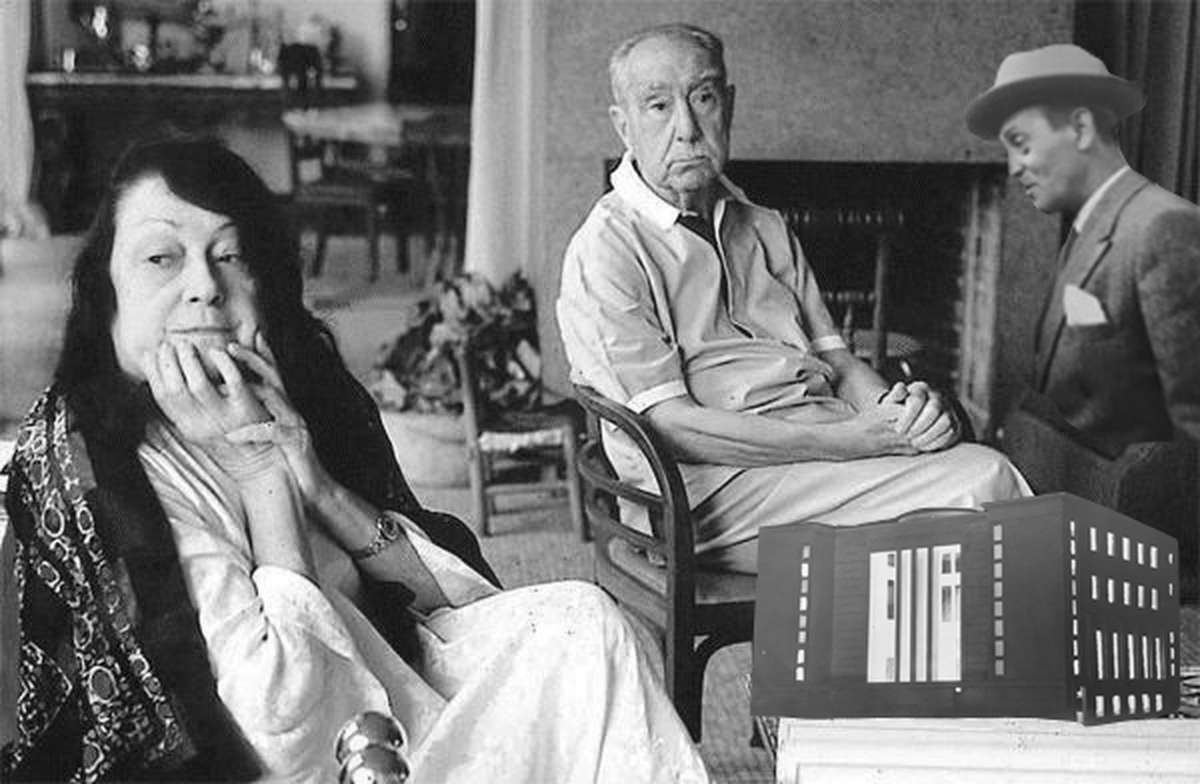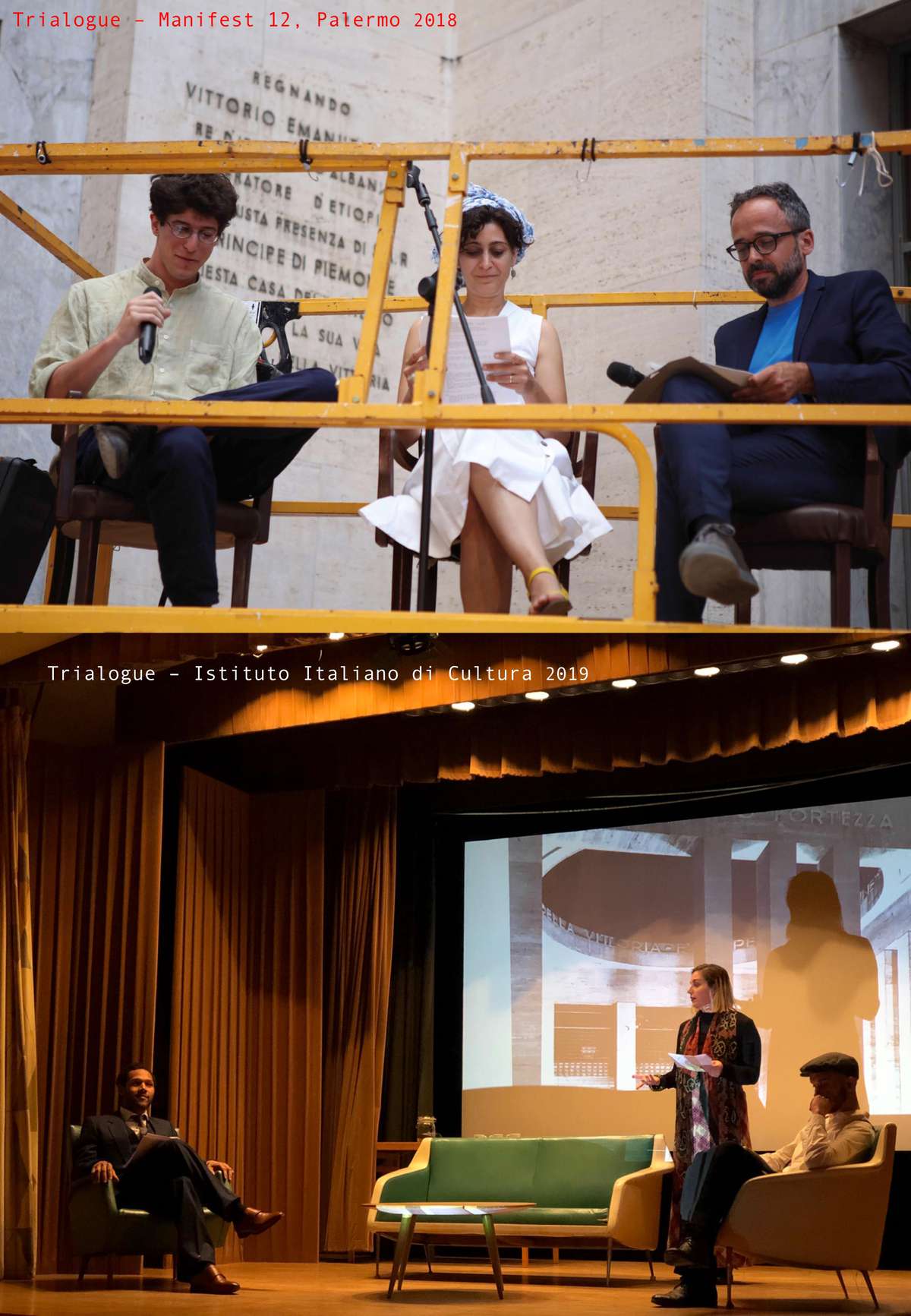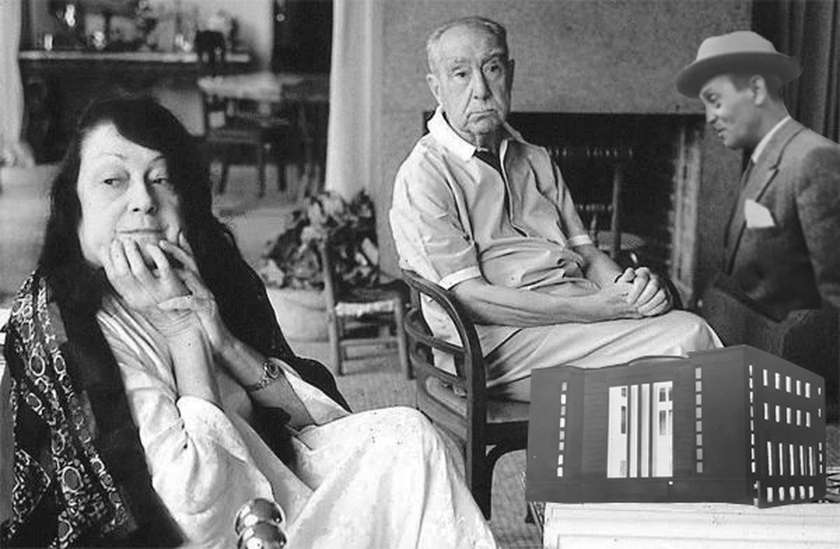Idea by
TATIANA LETIER PINTO
TATIANA LETIER PINTO
Call for ideas 2020
Trialogue
Trialogue

- Site-specific cases
During fascist regime in Italy, architecture played a crucial role in forming the identity of the country.Architecture was a political tool used as mass propaganda to diffuse the philosophy of the regime and empower the dictator Benito Mussolini. Whereas buildings were an important engine for the approval and advance of Mussolini ideas, architects were never ever questioned on their responsibility on promoting the fascist regime. Actually, the opposite, modernism or called it fascist architecture in Italy is a notorious acclaimed period of clean and pure form in architecture history. How to deal with this heritage nowadays?Reflecting on Eichmann trial, Hannah Arendt presented the concept of the banality of the evil and questioned the personal responsibility under authoritarians regimes. Architects very often explain themselves as Eichmann did, ‘I was doing my profession’. So what are the ethics behind forms? Can architects take social responsibility in their design?

A fictitious conversation about power and architecture between Lina Bo Bardi, Pietro Maria Bardi, Giuseppe Spatrisano.

Trialogue Act1 - Palermo 2017 and Istituto Italiano di Cultura Italiano Stockholm 2019
Trialogue
Trialogue

- Site-specific cases
During fascist regime in Italy, architecture played a crucial role in forming the identity of the country.Architecture was a political tool used as mass propaganda to diffuse the philosophy of the regime and empower the dictator Benito Mussolini. Whereas buildings were an important engine for the approval and advance of Mussolini ideas, architects were never ever questioned on their responsibility on promoting the fascist regime. Actually, the opposite, modernism or called it fascist architecture in Italy is a notorious acclaimed period of clean and pure form in architecture history. How to deal with this heritage nowadays?Reflecting on Eichmann trial, Hannah Arendt presented the concept of the banality of the evil and questioned the personal responsibility under authoritarians regimes. Architects very often explain themselves as Eichmann did, ‘I was doing my profession’. So what are the ethics behind forms? Can architects take social responsibility in their design?

A fictitious conversation about power and architecture between Lina Bo Bardi, Pietro Maria Bardi, Giuseppe Spatrisano.

Trialogue Act1 - Palermo 2017 and Istituto Italiano di Cultura Italiano Stockholm 2019
